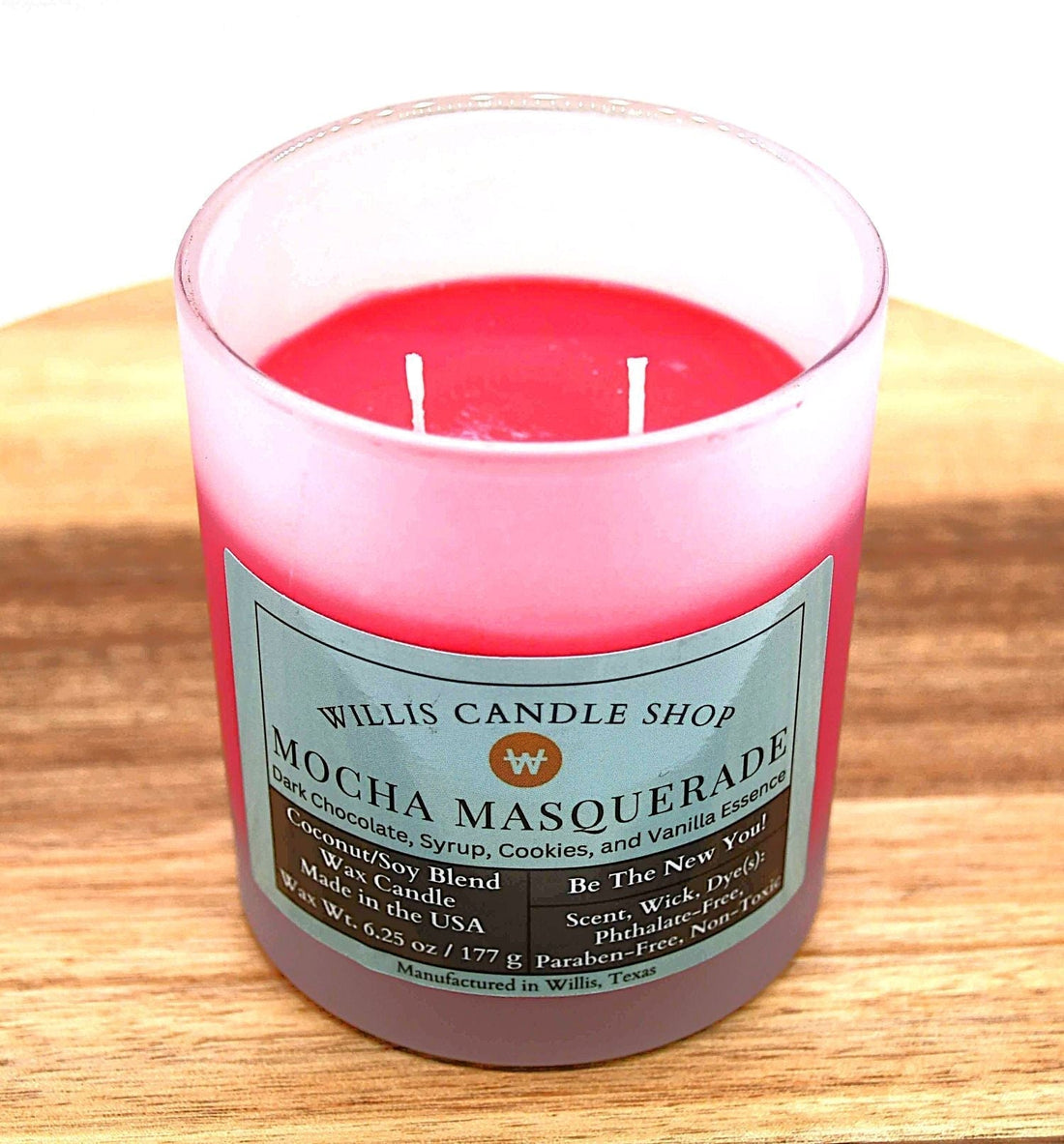
Cotton Wicks vs Wood Wicks — Which Is Better for Your Space?
The Wick Showdown: Cotton vs. Wood
The debate between cotton wick candles and wooden wicks isn’t just for candle makers—it’s for anyone serious about creating the right mood. From flame behavior to scent throw, each wick type brings something different to the table. At Willis Candle Shop, we craft both styles, always with performance in mind. If you’ve ever wondered whether wood wick vs cotton wick candles are better for your living room, office, or guest space, this guide will help you decide. Choosing the right wick makes all the difference in burn quality, fragrance delivery, and overall satisfaction.
The Burn Test: Flame Behavior and Cleanliness
Let’s start with flame quality. Natural cotton wicks offer a steady, familiar flame that’s great for low-draft environments. They’re ideal for bedrooms and bathrooms where a flickering flame might be distracting. Wooden wicks, on the other hand, give off a soft crackle and wider flame. They’re showstoppers—perfect for living rooms and open kitchens. If you want ambiance, that wide flame and gentle sound win every time. But for consistency and reliability, cotton delivers. Both wick styles can offer clean burn candles when properly trimmed and paired with the right wax formula.

Scent Throw and Fragrance Control
A major factor in your decision comes down to fragrance delivery. Cotton wicks tend to burn slightly hotter, allowing quicker scent release. That means fast diffusion in small to mid-sized spaces. Wooden wicks burn more slowly, building scent strength gradually but more evenly. In our 21oz Contempo Glass Candle, for example, we use premium wooden wicks to balance the heavy scent load of tobacco and vanilla notes. For spaces where you want the scent to linger long after the flame is out, wooden wicks are your go-to.
Container Fit: From Tin to Glass
The shape and size of your candle container also matter. Narrow vessels like travel tins pair beautifully with cotton wicks. If you’re burning tin candles with lid in an office or bathroom, cotton provides a precise melt pool and minimal mess. But for large glass jars like our Contempo line, wooden wicks distribute heat more effectively. Our triple wick jar candles use carefully spaced wooden wicks to create an even, slow-burning surface that maximizes scent and style. Pairing the right wick with the right jar guarantees a better experience every time.
Wick Care Is Non-Negotiable
No matter what wick you choose, proper care is essential. Cotton and wooden wicks both need to be trimmed to about ¼ inch before each burn. Neglecting this step causes flickering, soot, or even wick drowning. Want to dig deeper into the science behind wick care? Check out our Wick Care and Safety page. It’s one of the most overlooked but important parts of enjoying your candle fully. Without good maintenance, even the most expensive candles can underperform.
Style, Ambiance, and Room Placement
Let’s not forget about visual appeal. Cotton wicks are discreet—they don’t interfere with the look of minimalist candles like white candles or Red candles. Wooden wicks, however, become part of the aesthetic. They work beautifully in rustic or modern farmhouse styles and are often preferred in Masculine candles for their bold presentation. Whether you prefer a clean line or a statement flame, there’s a wick type that complements your space. For larger rooms or entertaining areas, wood tends to win on both style and performance.
Burn Time and Cost Efficiency
In terms of longevity, wood tends to offer slower, more efficient burns—especially in candles with larger surface areas. Cotton still excels in smaller vessels and double wick candle tin designs where fast scent throw is key. That’s why our cotton wicks dominate in our compact product lines, while larger glass containers feature wood. If you want candles that last through a dinner party and still have life left for the next one, the right wick matters. Just like choosing the right wine, fit matters more than price tag.
Scent and Seasonal Personality
Fragrance profiles also play a role. Cotton wicks burn hotter, which works well for lighter scents like Vanilla candle or citrus notes. Wooden wicks are better suited for rich profiles like sandalwood or amber, because they burn slower and preserve the complexity of the fragrance. Want a house that smells like baked cookies and fresh air? Cotton may be your match. But if your thing is layered fragrance, think wooden wick all the way. They're a great fit for your collection of great smelling candles and best smelling candles for home.
What Do Customers Really Prefer?
We’ve asked hundreds of customers whether they prefer cotton or wood, and the results are split. For gifts, people lean toward the drama and elegance of wooden wicks. For personal use, cotton wicks win for reliability. That’s why our shop offers both, and we always match wick type to scent, size, and vessel. Whether you're buying wedding candles for centerpieces or grabbing cheap candles on a budget, you deserve consistency. No one likes being disappointed by a candle that looks great but doesn’t perform.
The Final Call: Know Your Space
So, which wick is better? It depends on your room, your style, and your scent preferences. But now you know how each performs and what to expect. Wooden wicks give ambiance, burn longer, and elevate presentation. Cotton wicks deliver strong initial scent, fast melt pools, and classic reliability. If you’re shopping for Best home candles or browsing the aisles for Wholesale candles, just remember: the wick type can make or break the candle. Want a pro tip? Add a few of each to your next cart so you're ready for any mood or setting. And if you’re attending a dinner party soon, this gift guide has great tips that won’t break the bank.
FAQs
Which wick type burns quieter and cleaner?
Wooden wicks offer a soft crackling sound, while cotton wicks burn silently with a steady flame.
Can I use both wick types in the same home?
Absolutely. Many customers enjoy having both cotton and wood wicks for different moods and spaces.
Does wick size impact scent throw?
Yes, wick size affects how a candle burns and how fragrance is dispersed throughout a room.
This blog post is a work of nonfiction, based on actual candle wick research and performance testing from Willis Candle Shop as of the publication date. All advice reflects current best practices for cotton and wooden wick candle comparison and candle safety.












